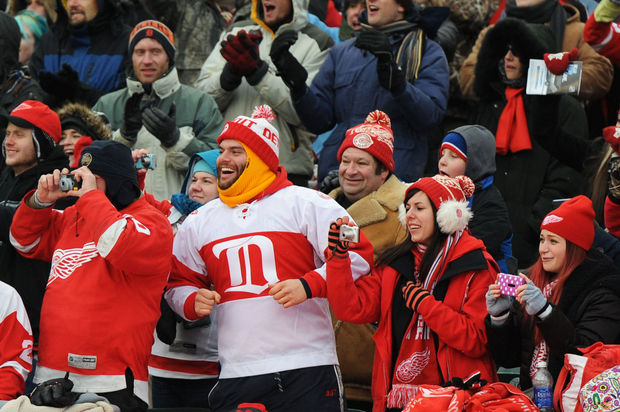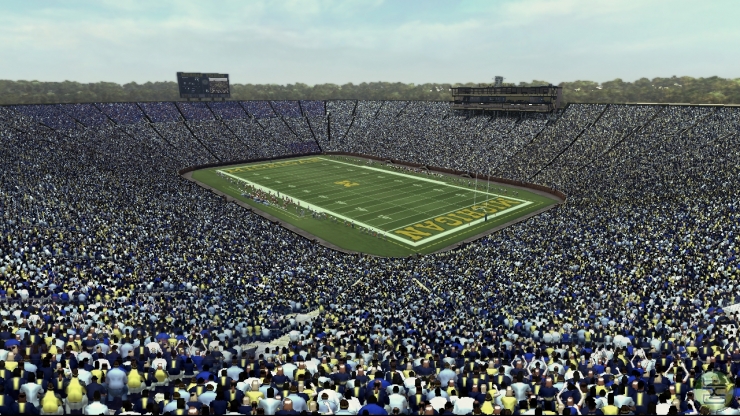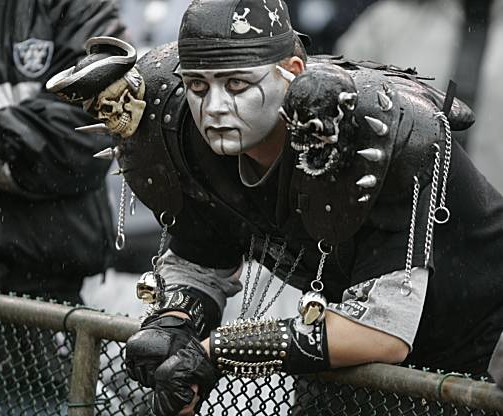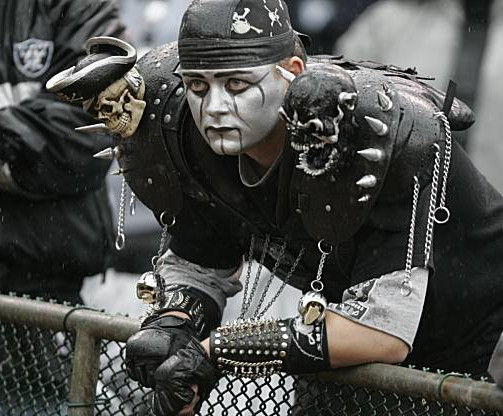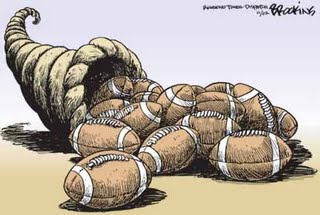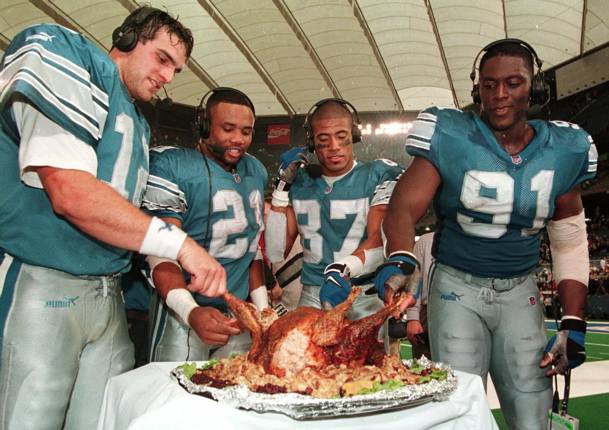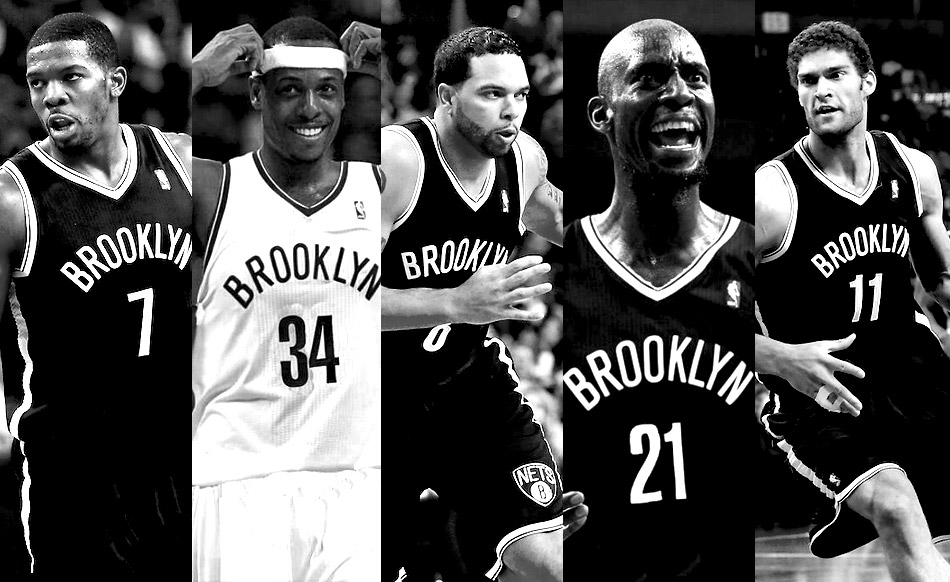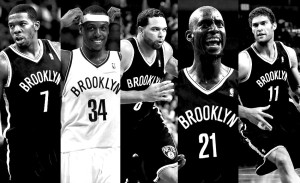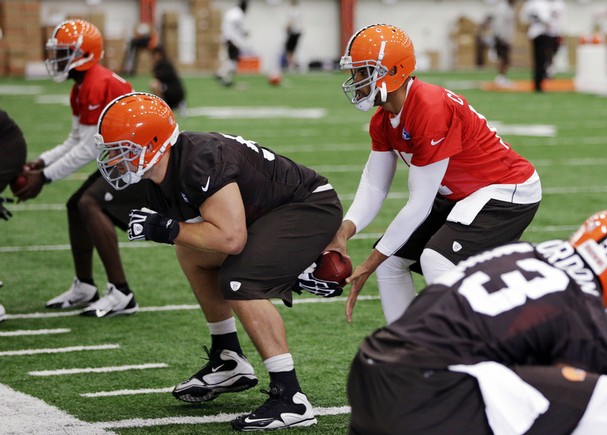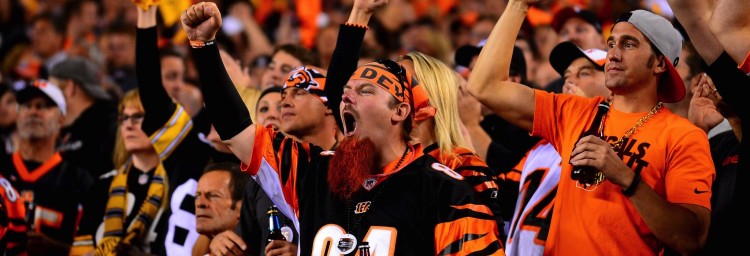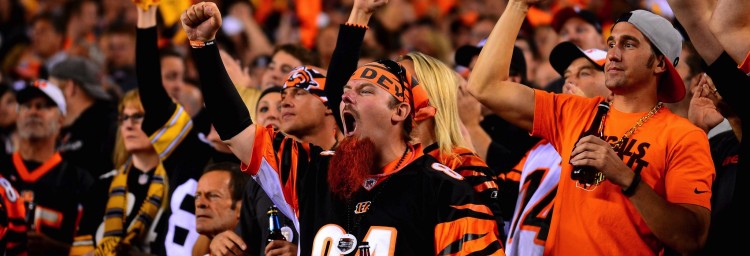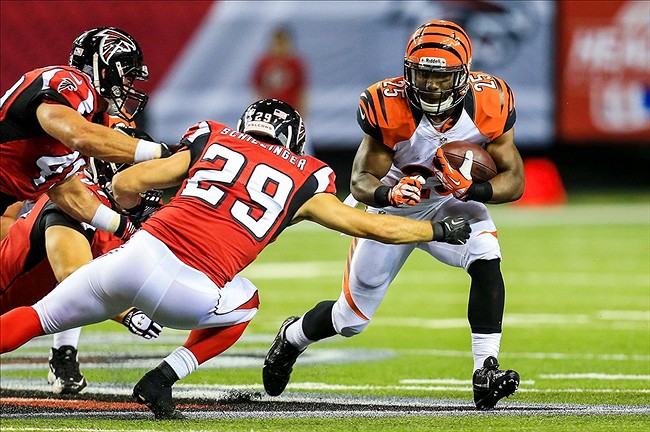Dear Sports Fan,
What is the Winter Classic hockey game? Should I watch it?
Thanks,
Sam
— — —
Dear Sam,
The Winter Classic is the name given to an NHL regular season game scheduled on New Year’s Day with a special twist: it’s played outdoors. This year’s game between the Detroit Red Wings and the Toronto Maple Leafs will be televised on NBC at 1 pm ET. The game will be played on a rink constructed in the center of the University of Michigan’s football stadium, nicknamed “the big house.” The USA Today writes that 107,000 people are expected to attend, which would break the record for attendance at a hockey game. There’s lots of reasons to watch, even if you’re not a hockey fan. Here are a few of them:
The Winter Classic Makes Professional Sports into a Game
An argument I hear from some of my friends who prefer college sports over professional ones is that making a business out of a game ruins the fun of the game. Well, for one day, at least, the Winter Classic transforms hockey back into a game. NHL players are from all over the world but most of them grew up in Canada, Scandanavia, or Russia, and many of them grew up playing outside on frozen ponds as well as inside on rinks devoted to youth hockey leagues. Listen to what some of the players have to say about playing outside:
“As soon as everyone walked in it was like a bunch of 13 and 14 year olds in here” — Red Wings Goalie, Jimmy Howard
“I got chills coming into the building. You grow up playing on outdoor rinks as a kid… it’s going to be a special game to be a part of… it’s going to be an experience I’ll never forget.” — Maple Leafs defenseman, Dion Phaneuf
It’s a regular season game that counts for the standings, but it’s also a throwback to childhood for many of the players and a ton of fun. Like that NFL game between the Eagles and the Lions a few weeks back, when the players are having fun, their joy actually comes across through the television and augments your viewing experience.
The Winter Classic Isn’t a Classic, But It’s Becoming One
The “classic” in Winter Classic is more aspirational than it is a reflection of reality. The first Winter Classic game was played in 2008, so next to some other elements of the NHL like the 121 year-old Stanley Cup (the NHL Championship trophy,) the game is in its infancy. The NHL has done a wonderful job with it though and I would venture to say it’s on its way to becoming a classic tradition. For starters, there’s the deal the league made with HBO to film a four episode season of their sports documentary series 24/7 about the two teams who will play in the Winter Classic. The show is a great lead-in to the game and has at times created its own miniature stars. There’s also an alumni game the night before the Winter Classic that brings back legendary (or just old) players from both teams who get to skate with each other on the outdoor rink. The 30,000+ fans who watched and the players who participated love the chance to relive the past.
The last clever part of the game is that the NHL reached into the sports schedule in just the right place at the right time. New Year’s Day was traditionally dominated by College Football bowl games. As the college football bowl schedule became more and more crowded (one could say bloated) over the last ten or fifteen years, the schedule started creeping deeper into January. The Rose Bowl and Tostitos Fiesta Bowl are still on New Year’s Day but begin later, at 5 pm and 8 pm ET. The other BCS (most important) bowl games are played on Jan 2, 3, or 6. The NHL cleverly swooped in right as New Year’s Day was starting to open up to other sports programming.
The Winter Classic is a Beautiful Sight
An outdoor hockey game can be stunning to watch. The teams always wear uniforms designed just for the Winter Classic. This is obviously a merchandise selling tactic but they also tend to be bolder in color than the normal jerseys, optimized to look good outside. The organizers of the game pick their locations carefully to create stunning tableaus, and there’s always the chance of falling snow to push the images even farther. Here are some photos from Winter Classics, past and present:
Enjoy the game,
Ezra Fischer

